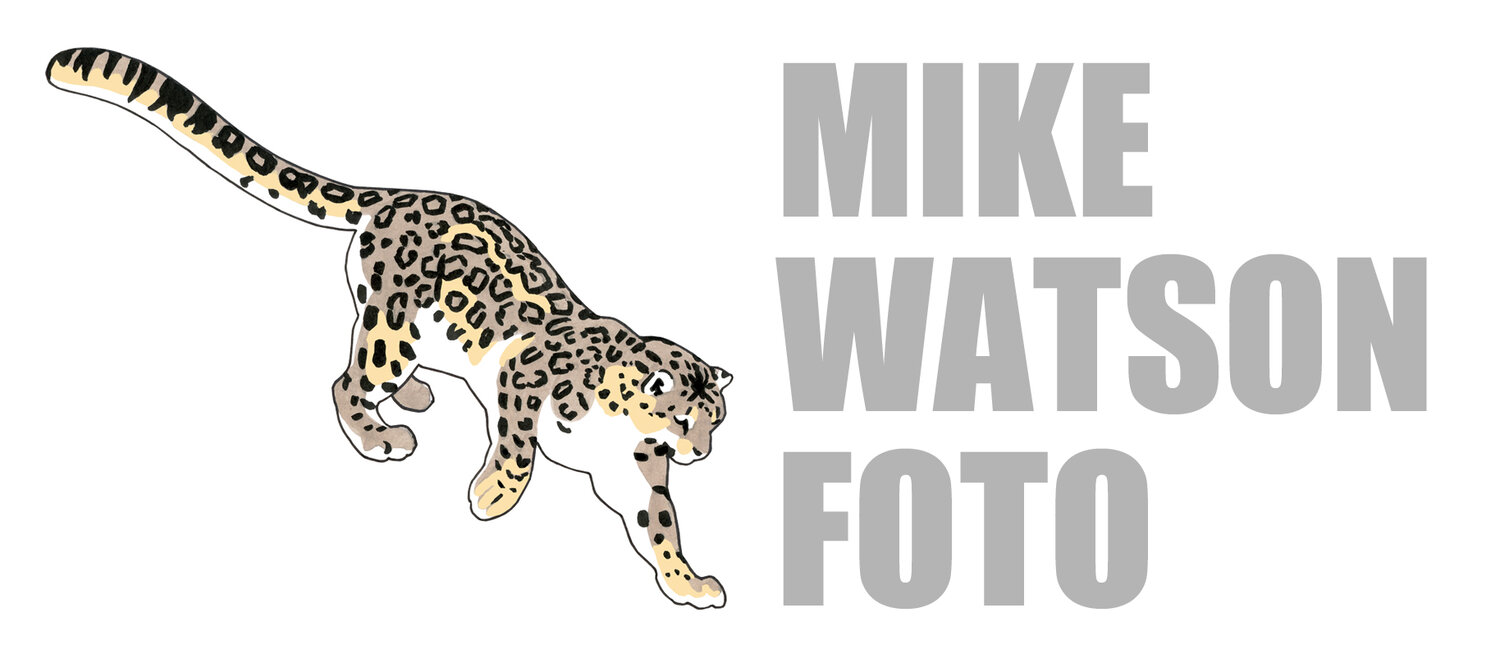A steady passage of northern golden plovers across Pendle Summit was the highlight of my first visit since last May. Check those black faces!
THE MOURNFUL CALLS OF GOLDEN PLOVERS ECHOED ACROSS PENDLE SUMMIT this morning. As well as a song-flighting, local breeding bird there was a steady movement of goldies heading northeast off the summit just after dawn. I haven’t seen anything like this before. Just the occasional party but never a continuous movement of birds. They all appeared to be black-faced northern birds as well, flying uphill to the summit from the Ogden Clough direction and obviously bound for somewhere far away from here. The largest single group was 13 birds but most parties were only five or six. The movement had stopped by 0800 and totalled 127 by that time. This more than made up for failing to find any dotterel on what would have almost a certainty 15 years on this date in light SSE winds. There is plenty of time yet this soring of course. Also on Pendle were four wheatears and a few Red Grouse of note and below the hill I only saw one displaying lapwing but at least there is still a Tawny Owl in its usual spot.
Unfortunately the hill is in a bad way these days. The new ‘mega path’ is eroding already (hardly surprising considering its design) and the walk to the summit now looks more like a dual carriageway is being built up there. The way the beautifully weathered gritstone was treated during the works was a disgrace with caterpillar tracked vehicles driven over the ‘mini-Cairngorms’ area that was once a favourite spot for dotterel and now the rocks below the landslide trail have been smashed up during recent repair work. There is more litter than there used to be, including face masks (a new phenomenon) and dog shit bags (on old one). There is now even a stall selling snacks by the Pendleside stile. While new folks wanting to visit might still enjoy Pendle, those who had been before the ‘improvement’ works will be shocked by the sad state of the hill now. On a brighter note I haven’t seen the grass as short on the summit for many years and there is plenty of dotterel habitat away from the hideous pathways.
Badly eroded ‘road’ to the summit. What ever were they thinking of?
Mega path showing signs of wear already
Recent repairs now include a pipe under the path
Unsightly smashed up gritstone blocks on the landslide (old weathered ones to the rear and right).

